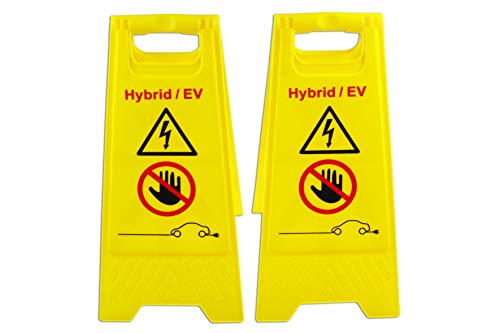acensor
Well-known member
I thought i fully understood the difference betwee D and E, E and B.
But one puzzling thing/observation:
On a given stretch of road (ssme grade, surface, wind, etc) if I switch from E to D I see the power consumption needle jumps up about, say, 15% .
Makes no sense to me as the amount if energy needed must be identical.
Explainations? Speculations?
But one puzzling thing/observation:
On a given stretch of road (ssme grade, surface, wind, etc) if I switch from E to D I see the power consumption needle jumps up about, say, 15% .
Makes no sense to me as the amount if energy needed must be identical.
Explainations? Speculations?

































